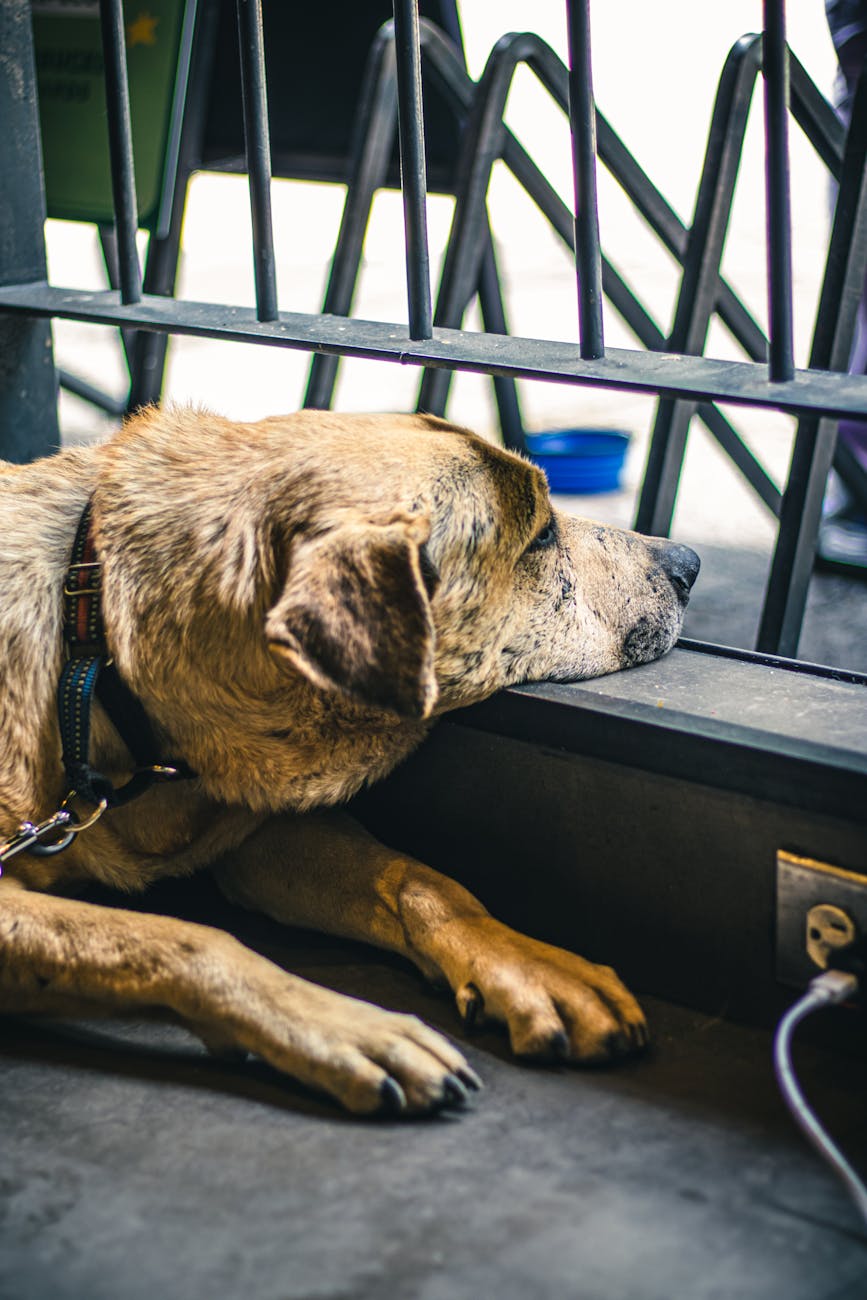FBI’s Meth Incineration Forces Animal Shelter Evacuatio
n
In a shocking incident that unfolded recently, an animal shelter became the unexpected scene of a hazardous operation as the FBI conducted a controlled incineration of methamphetamine. This decision, while rooted in public safety, sparked chaos and concern, leading to the hospitalization of fourteen staff members and the urgent evacuation of 75 cats and dogs. The events have left the community reeling, raising essential questions about safety protocols and the well-being of both animals and humans in such high-stakes situations.
The FBI’s choice to incinerate the dangerous narcotic at the shelter rather than at a designated facility has drawn significant scrutiny. Critics have voiced their concerns over the wisdom of this approach, emphasizing that shelters are not designed to handle hazardous materials. The potential risks to staff and animals were reportedly not fully considered, leading to a situation that could have been avoided with better planning and communication. The aftermath of this decision has left the shelter in disarray, with the health and safety of both staff and the animals in jeopardy.
Emergency responders and local authorities worked quickly to evacuate the animals, ensuring their safety in a tense and chaotic environment. The shelter had been a sanctuary for these creatures, many of whom had already faced abandonment and abuse. Now, they were forced to endure yet another upheaval, being relocated to temporary housing facilities. The emotional toll on the shelter staff, who dedicate their lives to caring for these animals, cannot be understated. Many of them have developed deep bonds with the residents, and the abrupt evacuation has left both staff and animals feeling vulnerable and unsettled.
As the situation unfolded, the community sprang into action. Local organizations and volunteers quickly mobilized to support the shelter, offering resources, donations, and temporary homes for the displaced animals. The response from the community highlights the strong connections that exist between residents and their local shelters. People are coming together to provide food, medical care, and comfort for the animals affected by this crisis, demonstrating the power of compassion in the face of adversity.
However, while the community rallies to support the shelter, serious questions linger regarding the decision-making process that led to the incineration at the animal facility. An investigation has been launched to determine whether proper safety protocols were followed and if the risks to human and animal life were adequately assessed. Critics argue that such operations should only occur in specialized facilities equipped to handle hazardous materials, ensuring the safety of everyone involved.
The FBI has defended its actions, stating that the incineration was necessary to prevent the meth from falling into the wrong hands. They maintain that the operation was conducted following established guidelines. However, the health issues experienced by the staff suggest that those guidelines may need to be reevaluated. Community members are demanding transparency in the investigation to ensure accountability and prevent future incidents of this nature.
As the shelter works to recover and rebuild, the emotional impact on the staff and animals cannot be ignored. Many staff members are still recovering from their hospitalizations, and the animals are adjusting to their temporary surroundings. The long-term effects of this incident on both groups remain uncertain, with concerns mounting over potential psychological trauma for the animals who have once again been uprooted from their familiar environment.
Looking ahead, the shelter is committed to reopening its doors and continuing its mission of providing care for animals in need. However, the path to recovery will be challenging, and the shelter will require ongoing support from the community. Fundraising efforts are underway to cover medical expenses for the affected staff and to ensure the displaced animals receive the care they need during this tumultuous time.
Question
s
What measures should be taken to prevent similar incidents in the future?
How can the community support the shelter during this challenging time?
What are the long-term impacts on the evacuated animals and staff?




